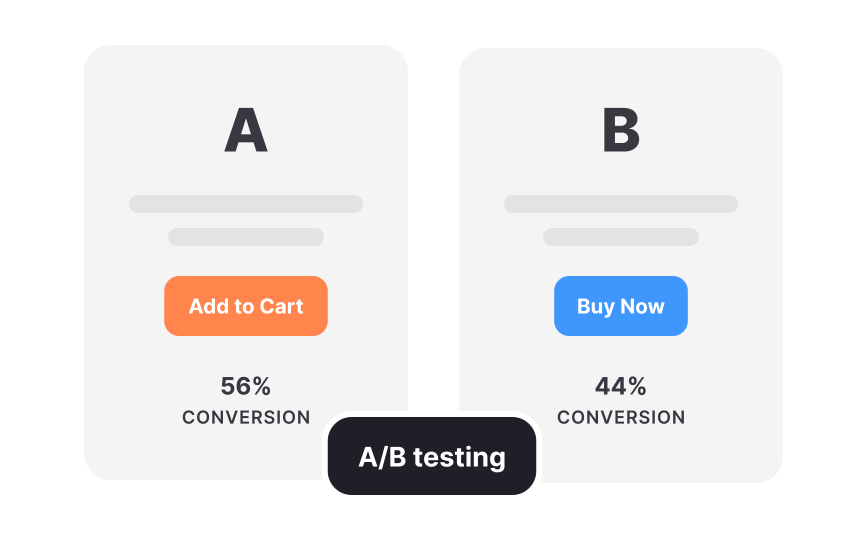Discover gaps through research
Discovering gaps between users' mental models and designers' mental models is crucial for creating intuitive interfaces and avoiding user mistakes. This process involves collecting user data through various research methods tailored to different stages of design development.
- Early design stages: Methods like contextual inquiry, field studies, and ethnographic studies involve observing and interacting with users in their natural environment. These approaches provide deep insights into their behaviors, expectations, and how they think a system should work. This can reveal crucial information about what users naturally expect from the product, helping to align the design more closely with these expectations.
- Later design stages: Once a prototype or system is in place, qualitative usability testing becomes key. This type of testing allows designers to watch users interact with the product in real-time, noting where they struggle or make errors. This direct observation helps identify where the product's design does not match the user's understanding or expectations.


